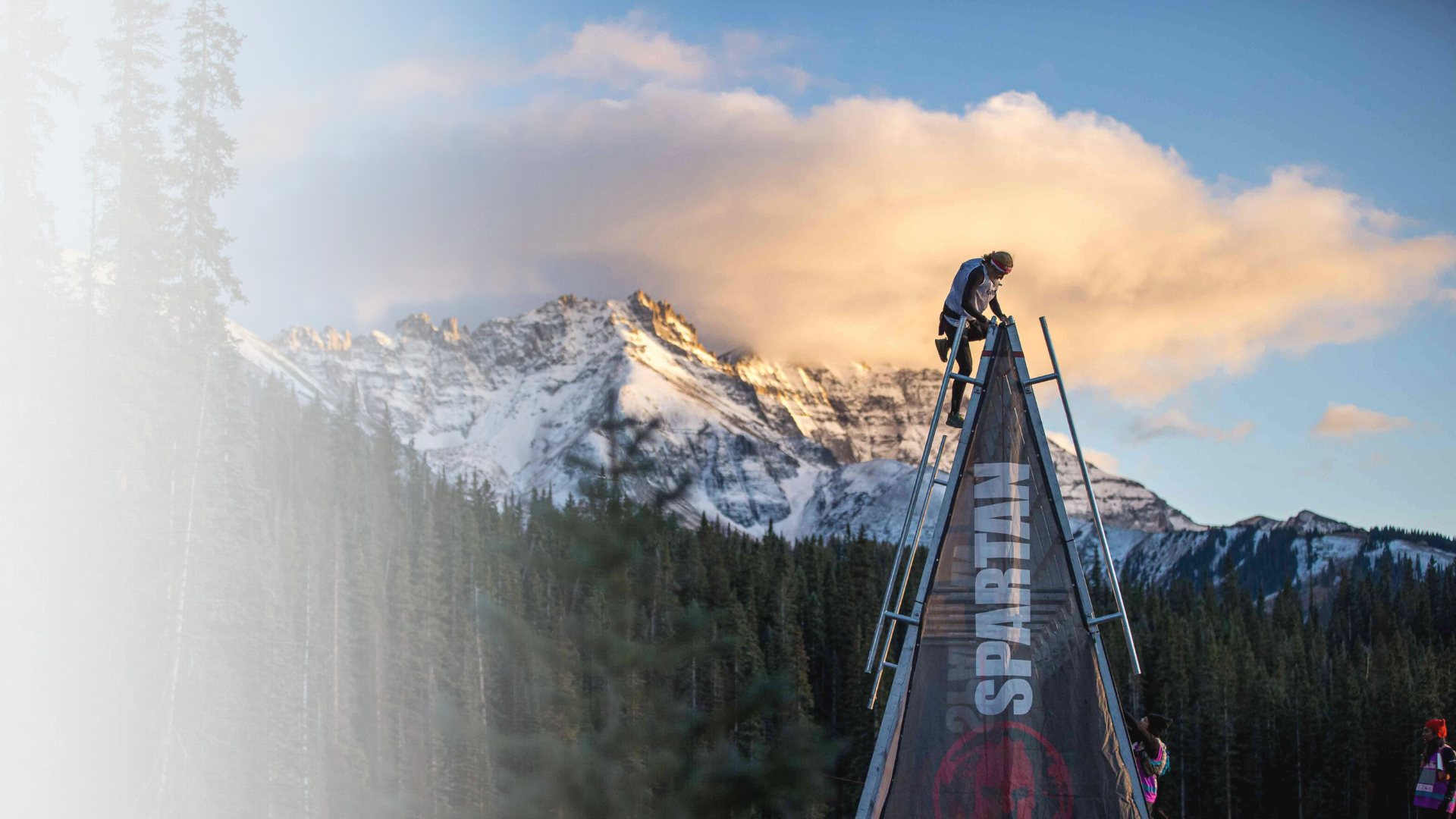
Defining and Owning a
New Product Category
The obstacle race wars were every bit as grueling as the event itself and Spartan came up on top
I successfully executed one of the key pillars behind Spartan’s strategy to lead the sport of obstacle racing and grow into a ~$100M business
Venture Lifecycle Stage. Build and Scale.
Approach. A startup enters the Scale stage of its business after its business model has been solidified and it has a clear-eyed strategy. Spartan had a bold aim to achieve its customer-driven purpose—to become to obstacle racing what Iron Man had become to triathlon—in a matter of years, not decades. Spartan needed gyms, coaches, training classes, race and fitness content, tech and gear to lead this new global sport and pastime.
To get this job done, I ran a “startup within a startup” as head of our training-related initiatives, which involved frequent interaction with Spartan’s ingenious and eponymous founder and CEO, Joe DeSena.
We aimed to improve a core product offering, which helped fitness professionals build thriving small businesses as Spartan-licensed coaches, and explore and develop new solutions and partnerships, all grounded in a deep understanding of Spartan customers and race ecosystem stakeholders. User interviews were the starting point for developing a clear direction for Spartan training to support Spartan’s overarching business strategy. Iterative, new growth experiments included tests of apps and tech, with Daily Burn, physical training centers, with Starwood Capital’s 1 Hotel brand, and new training classes, with Lifetime Fitness. We designed these partnerships and others with the same focus on serving the partners’ problems and desired outcomes solving a problem for our shared end users.
Results. Previously hidden insights opened our eyes to the emotional and social reasons that trainers became Spartan-certified coaches, enabling us to improve our product and marketing in dimensions beyond functional benefits. It also clarified what products and services racers needed from us to help them reach the starting line on race day, such as hands-on obstacle practice.
Overall, operationalizing customer insights enabled us to grow our training-related revenue (10x) and our geographic scope (10x) and enter into successful new partnerships to help even more racers (200 new partners).
This was a general management and product role on the company executive leadership team. It encompassed P&L ownership, recruiting and team member development, operations relating to our products, extensive cross-functional collaboration and developing and negotiating strategic agreements with our partners in close collaboration with Spartan attorneys.